- Home
- Art History
- Impressionism
- Frederic Bazille
Frédéric Bazille - Impressionist
Frédéric Bazille (1841 - 1870)
Frédéric Bazille was a promising French Impressionist painter whose career was tragically cut short by his early death in the Franco-Prussian War.
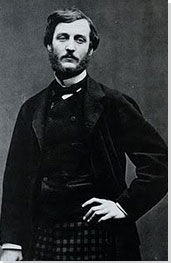
Born into a wealthy family in Montpellier, Bazille moved to Paris in 1862 to study medicine but soon shifted his focus to art. He studied under Charles Gleyre, where he befriended future Impressionists, including Monet and Sisley. Bazille's work, characterized by vibrant light and color, often depicted outdoor scenes and everyday life. His most notable paintings include Family Reunion (1867) and The Pink Dress (1864).
French Society
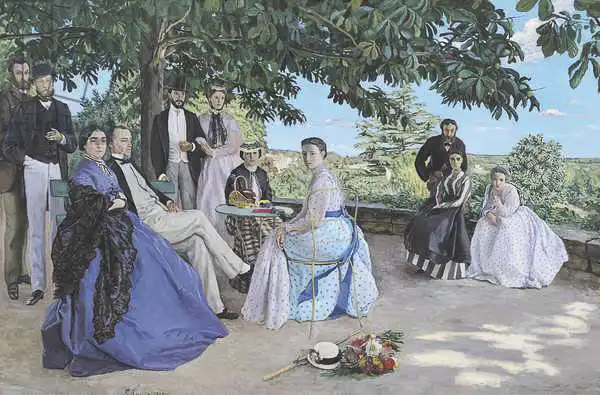 Family Reunion
Family ReunionFrédéric Bazille's The Pink Dress and Family Reunion are vibrant snapshots of 19th-century French life. Family Reunion, his most famous work, shows his family on a summer day at their estate in Méric, near Montpellier. Bazille's naturalistic approach, the informal arrangement of figures, and his vibrant palette anticipate the aesthetics of Impressionism. These paintings provide invaluable insights into Bazille's personal relationships and artistic interests.
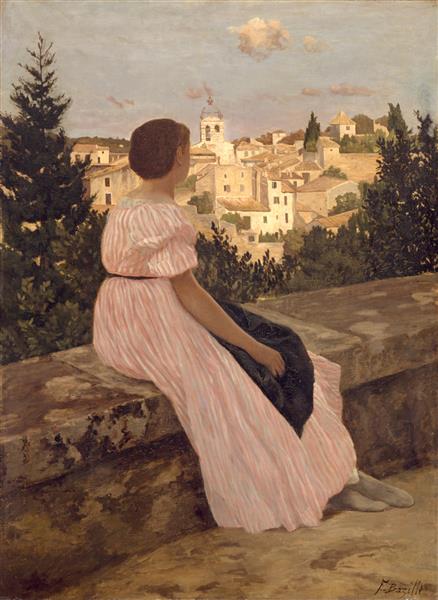 The Pink Dress ~ Frédéric Bazille (1864)
The Pink Dress ~ Frédéric Bazille (1864)Still Lifes and Studies
Bazille's still lifes and studies reveal his meticulous attention to detail and his exploration of light and color. These works often served as a compositional exercises, enabling him to refine his technique. His still lifes, such as Still Life with Grapes and Walnuts (1865), present everyday objects with an unexpected vibrancy, while his studies, including Study of Trees (1863), demonstrate his ability to capture the transient beauty of nature.
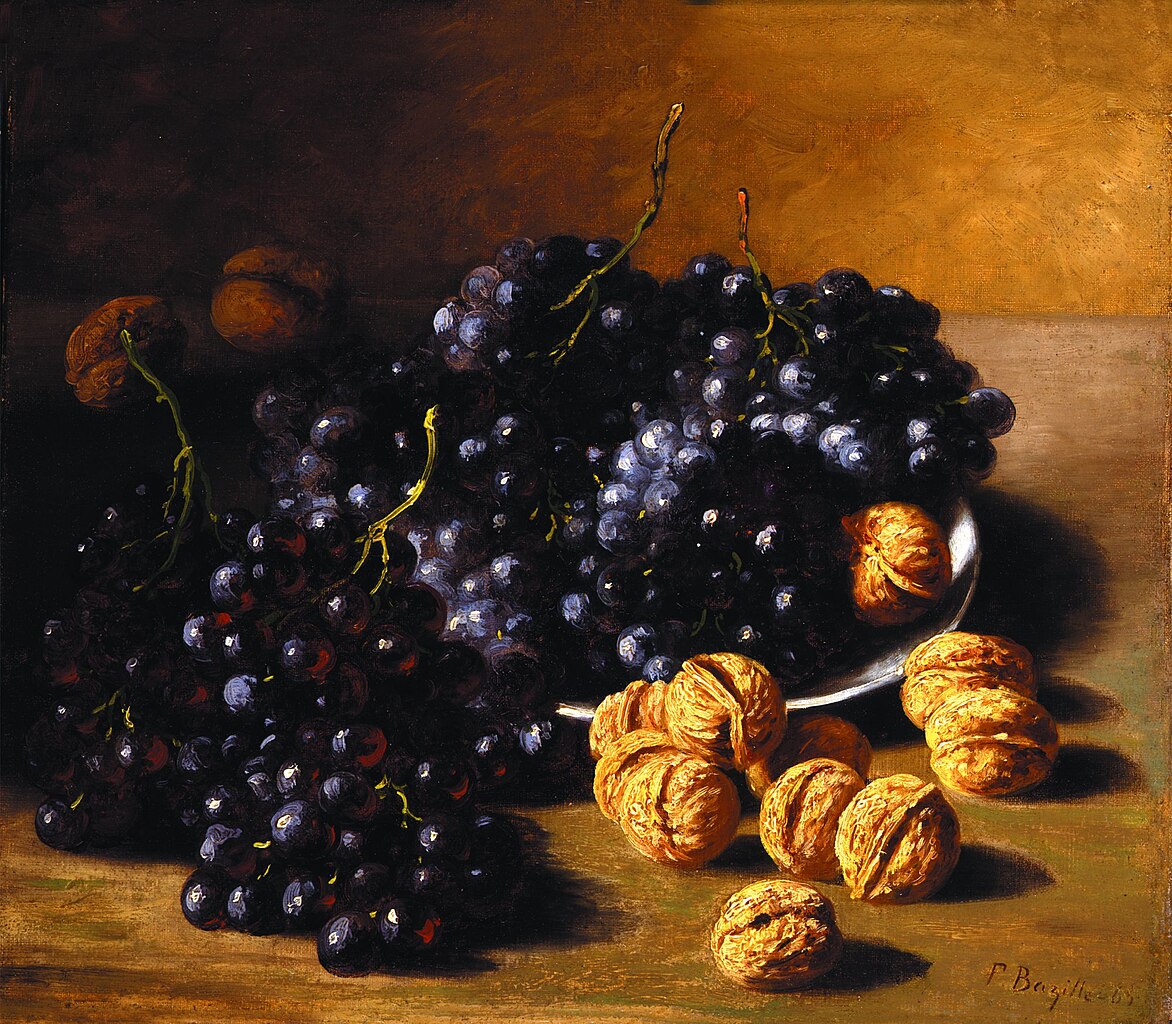 Nature morte aux raisins et aux noix ~ Frédéric Bazille (1865)
Nature morte aux raisins et aux noix ~ Frédéric Bazille (1865)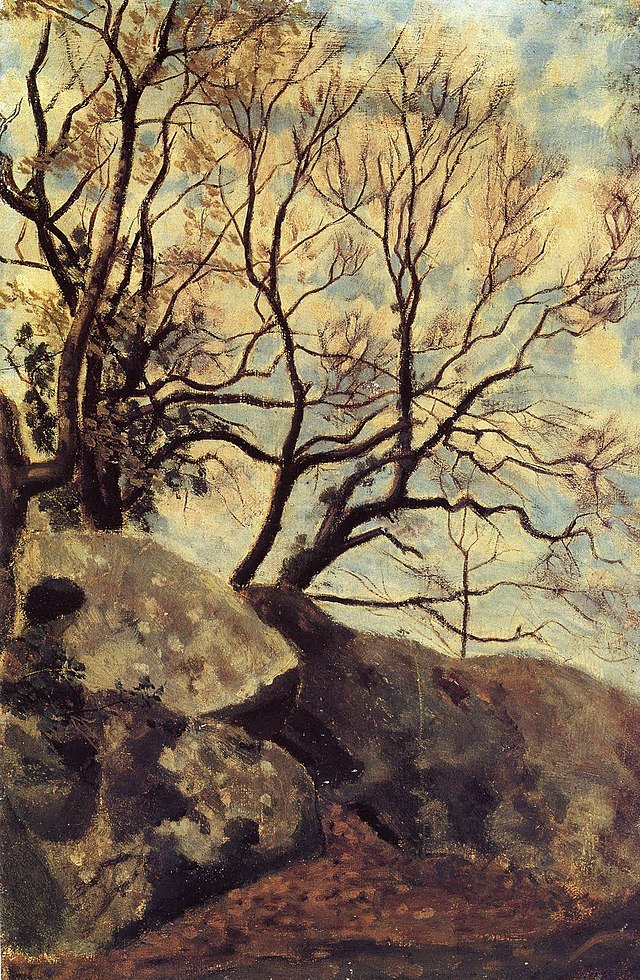 Study of Trees ~ Frédéric Bazille (1865)
Study of Trees ~ Frédéric Bazille (1865)Daily Life
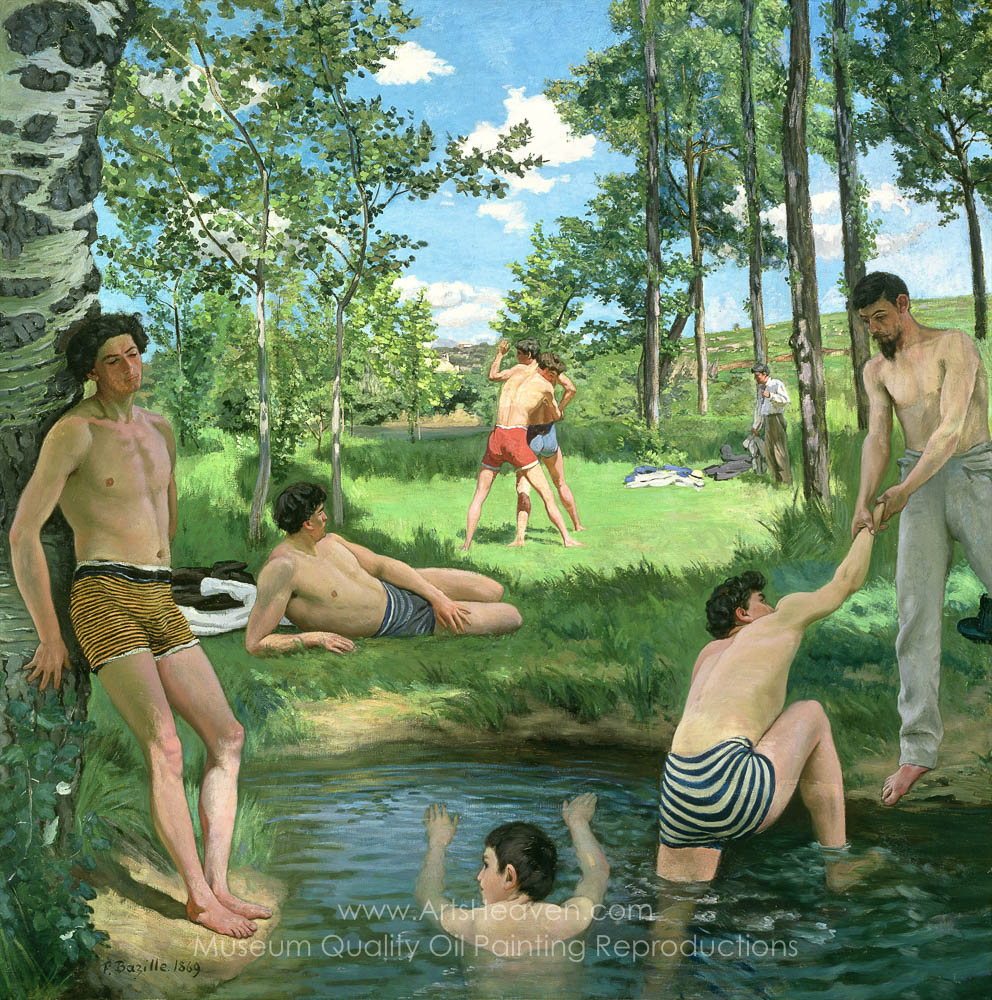
Bazille's artistic oeuvre includes a notable focus on daily life, often depicted with a distinct sense of immediacy and realism. His painting Summer Scene (1869), for instance, captures a group of friends enjoying a leisurely day by the river, a common pastime of the era. The bright sunlight, the natural setting, and the relaxed postures of the figures all embody the Impressionist fascination with fleeting moments and the effects of light. Through such paintings, Bazille brought the charm and simplicity of everyday activities to the forefront of his art.
Land and Sea
During his time, Bazille's landscapes were not as well-known as his figurative works, but they have since received recognition for their innovative compositions, vivid colors, and detailed brushwork. The Western Ramparts at Aigues-Morte (1867), for instance, depicts the fortified walls of the medieval city near the Mediterranean coast, using bold colors and contrasting lights and shadow to evoke a sense of history and place. These works showcase Bazille's innovative approach to landscape painting and his ability to balance realism with impressionistic touches.
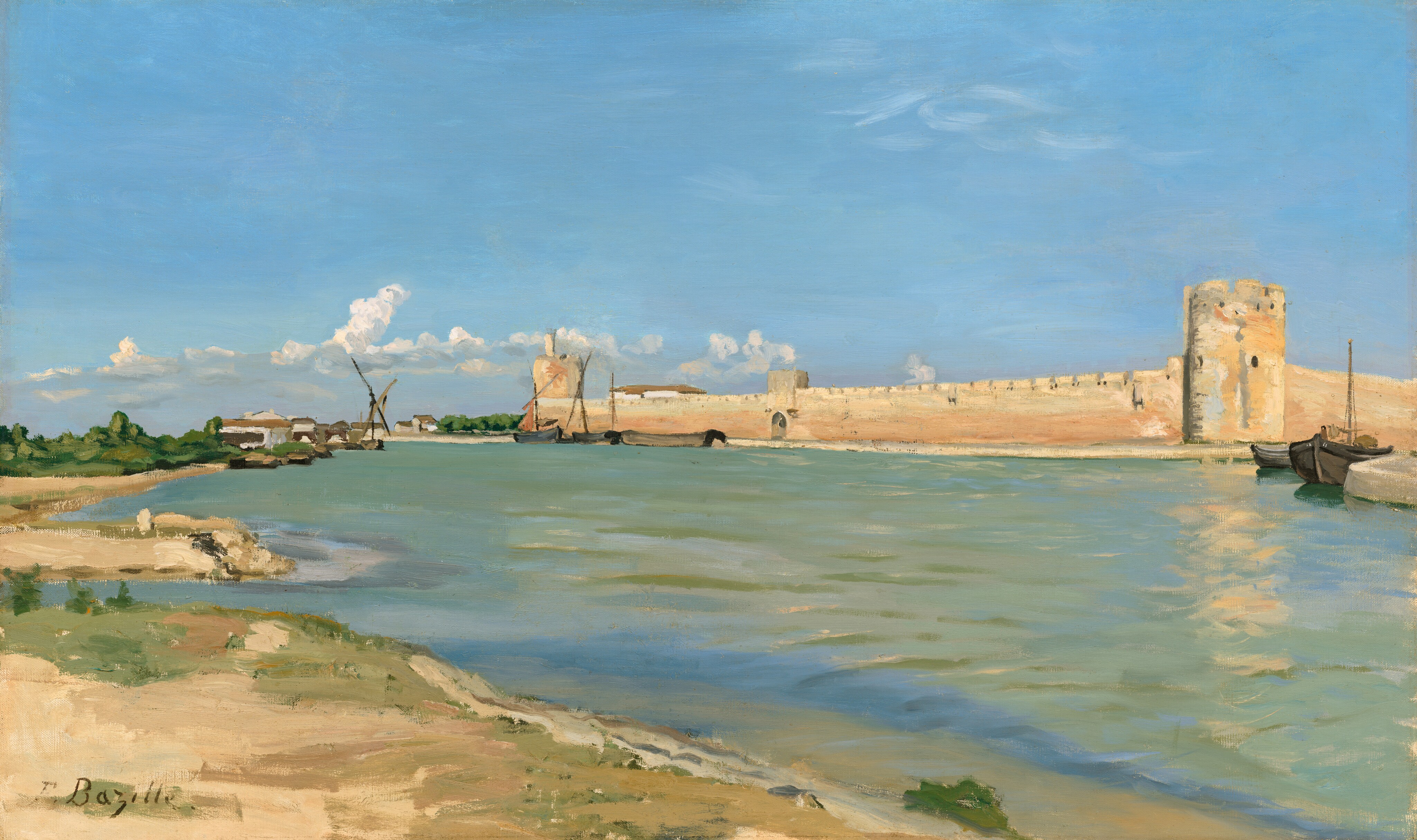 The Western Ramparts at Aigues-Mortes ~ Frédéric Bazille (1867)
The Western Ramparts at Aigues-Mortes ~ Frédéric Bazille (1867)Early Death
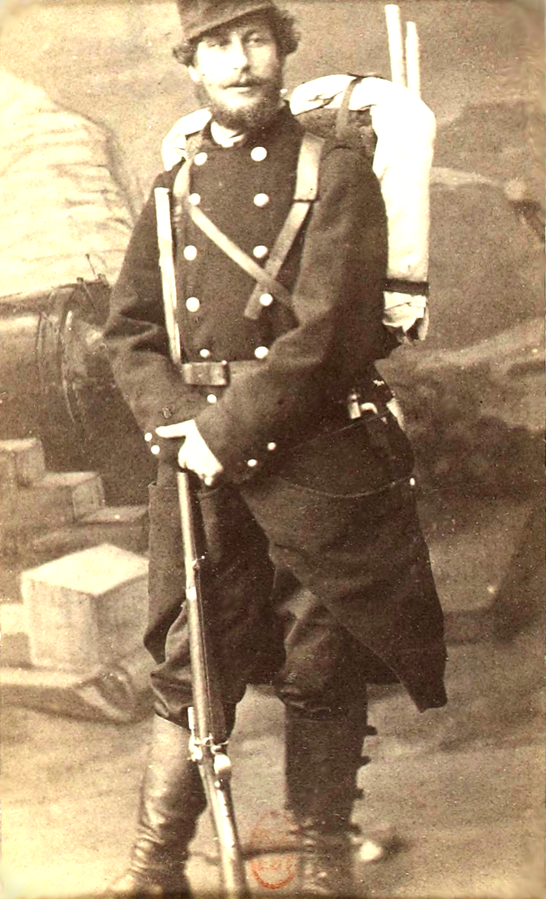 Lieutenant Bazille
Lieutenant BazilleFrédéric Bazille enlisted as a lieutenant in the French army during the Franco-Prussian War and died at age 28 in the Battle of Beaune-la-Roland in 1870. His final works showcased his evolving style and hint at the promise of a talent that would not be fulfilled.
See also the Musée d'Orsay Web Site: The Youth of Impressionism
Okay, so now I've put on some ads from Amazon - from which I may earn a few cents. (2025)



